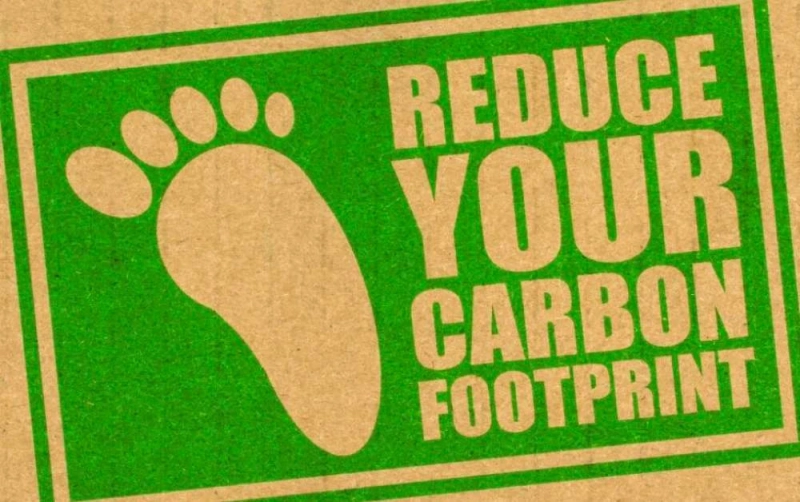A Guide to Calculating Your Carbon Footprint and Reducing Your Impact on the Environment
A Guide to Calculating Your Carbon Footprint and Reducing Your Impact on the Environment


A Guide to Calculating Your Carbon Footprint and Reducing Your Impact on the Environment

